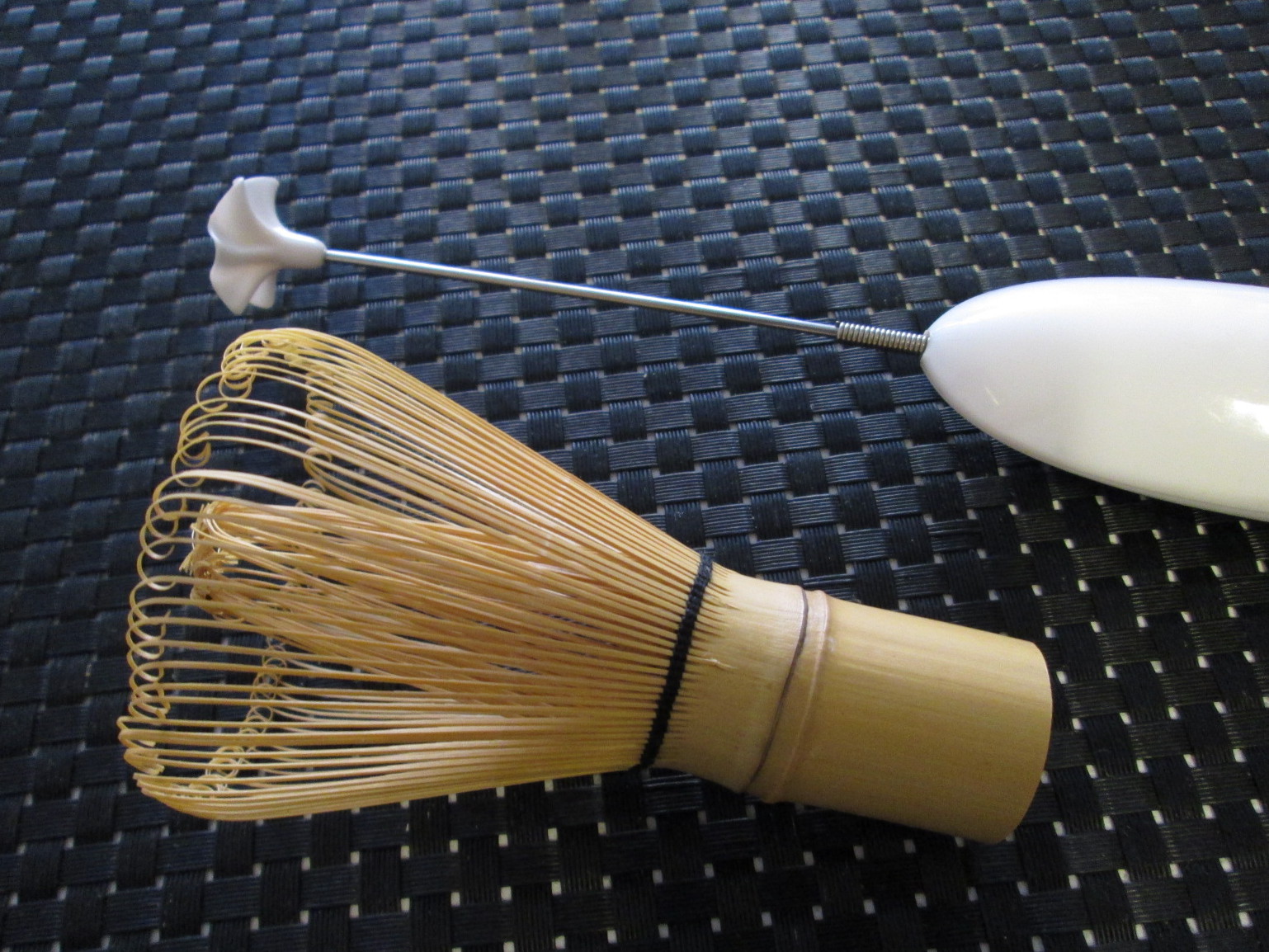The matcha whisk, also known as the chasen, is an essential tool for preparing matcha tea, deeply rooted in Japanese tradition. But have you ever wondered about the history and evolution of this unique whisk? In this article, we will explore the surprising history of the matcha whisk, from its ancient origins to its modern-day usage.
1. Ancient Origins of the Matcha Whisk:
– Introduction of Matcha to Japan: Matcha tea was first introduced to Japan by Buddhist monks in the 9th century. They brought the technique of whisking and the accompanying bamboo whisk from China. You can find information regarding Electric Matcha Whisks at https://domatcha.com/collections/matcha-accessories.

– Bamboo Whisk Development: Over time, Japanese craftsmen refined and perfected the bamboo whisk, creating a tool specifically designed for whisking matcha.
2. Ritualistic Significance:
– Role in Tea Ceremonies: The matcha whisk became an integral part of the Japanese tea ceremony, also known as “chanoyu” or “sado.” The whisking process symbolizes harmony, tranquility, and respect.
3. Modern Adaptations:
– Electric Whisks: With the advancement of technology, electric matcha whisks have emerged as a modern alternative, providing convenience and efficiency for those who seek a quicker and easier whisking process.
4. Cultural Importance:
– Symbol of Japanese Tea Culture: The matcha whisk represents the rich history and cultural significance of tea in Japan. It is also considered a collector’s item and a cherished gift for tea enthusiasts.
Conclusion:
The matcha whisk has come a long way, from its ancient origins in China to its prominent role in Japanese tea culture. Its evolution over time, from traditional bamboo whisks to modern electric whisks, showcases the adaptability and enduring importance of this unique tea tool.